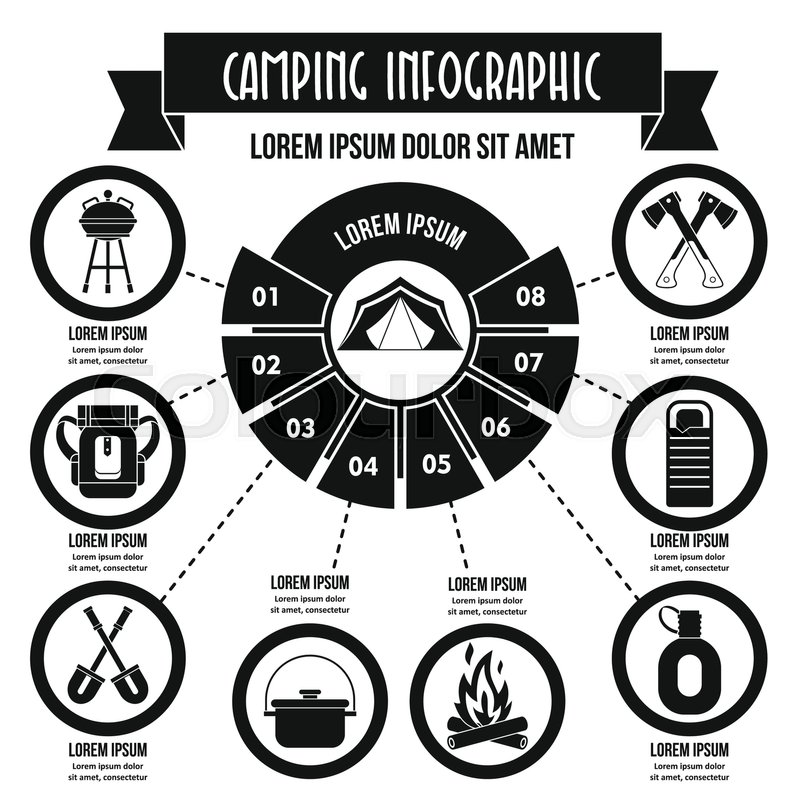As lasting style ends up being progressively popular, natural structure products are gaining back importance. Natural insulation options like down, cork and Havelock woollen use a vast array of benefits, including exceptional warmth-to-weight proportions, water resistance and compressibility.
Nevertheless, their sustainability depends upon the source of raw materials and just how they are refined. Some synthetic components shed microplastics throughout building and are challenging to reuse, adding to landfill waste and air pollution.
Cost
When it concerns shielding clothes and resting bags, rate is frequently a leading factor to consider. While natural products assure lower discharges and biodegradability, artificial insulation offers unequaled durability and performance for much less.
Designed to imitate the shielding residential or commercial properties of down, artificial insulation is composed of high-loft clusters of polyester. Typical brands include Thinsulate, PrimaLoft and Climashield. These are likewise breathable and can be compressed to dimension for smaller packs. However, they do not do as well in wet conditions.
A family member newcomer to the eco-insulation market, Icynene spray foam is an effective air sealant that increases 100x its initial volume in wall and roof covering dental caries. It can be sprayed on wall surfaces, floorings and attics and is excellent for retrofits. It's made mostly from recycled paper products and treated with fire resistants.
Resilience
The durability of insulation products can have a big effect on the overall sustainability of a framework. It can influence life process exhausts, energy intake and upkeep demands. Natural products can withstand weather wear and ecological pressures and frequently call for less maintenance than artificial choices.
As an example, ThermaCork broadened cork and Havelock woollen are durable, sustainable insulation remedies that provide a wide range of benefits. They additionally provide an even more sustainable structure choice to conventional fiberglass and foam insulation. They can give superior fire resistance, acoustic efficiency and add to better interior air quality.
Artificial insulation is typically made from polyester, which can be either raw or recycled. It's crafted to mimic down's soaring tendril framework, trapping warm air for insulation. Nonetheless, it doesn't compress in addition to down and can shed its insulating power when wet. In recent years, though, scientists have actually had the ability to develop synthetic insulation that extra closely matches the warmth-to-weight ratio of down while preserving its shielding residential or commercial properties in wet problems.
Recyclability
The shielding products used in building construction have significant effect on the setting. This is due to both their production stage (making use of non-renewable resources and fossil energy consumption) and their disposal stage. They likewise add to environment adjustment and create health issues in people who are subjected to them.
All-natural insulation options like ThermaCork increased cork and Havelock woollen can be reused, along with sourced in your area to reduce transportation-related carbon emissions. They also have lower symbolized carbon and some are even carbon-negative. Furthermore, they may be accredited by Cradle to Cradle or GREENGUARD for lasting techniques and reduced degrees of produced toxins.
Another eco-friendly choice is wood fiber insulation. This cellulose insulation is made from recycled paper, cardboard, and other waste materials. It can be treated with borate to maintain fire resistance and water-resistant paraffin wax to prevent moisture infiltration. It has an R-value of 3.6 to 4.2 per inch and performs similarly to synthetic foam boards.
Sustainability
As more builders are looking for eco-friendly insulation options, it's important to understand the true ecological influence of these products. This includes their symbolized carbon, poisoning and breathability, in addition to how they carry out in different environments.
All-natural insulation like cork, hemp and woollen provide a range of benefits from eco-friendly resources. They likewise disintegrate naturally at the end of their life, which reduces landfill waste and air pollution. They usually additionally have reduced embodied carbon than synthetic choices and send out much less unstable organic substances throughout use, which improves interior air top quality.
To discover an environmentally friendly insulation, look for third-party qualifications such as Cradle to Cradle or GREENGUARD Gold. These show that the insulation has first aid kit been tested according to strenuous ecological and health and wellness standards. In addition, try to find items that are made from recycled or upcycled products to decrease embodied power. This can help reduce the environmental impact of your job by supporting neighborhood economic climates and reducing transportation-related exhausts.
